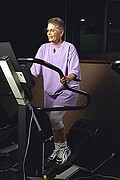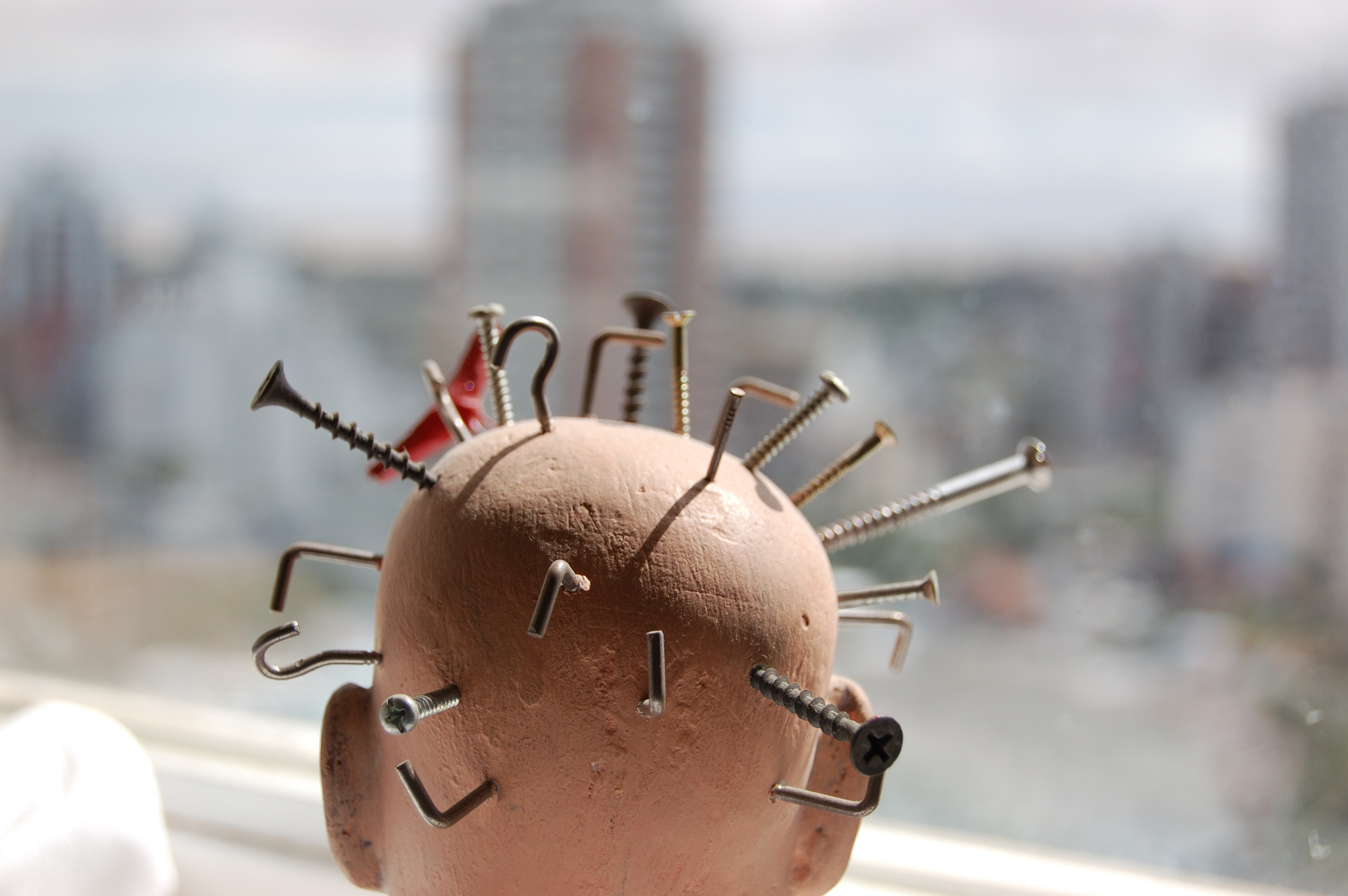
TUESDAY, May 20, 2014 (HealthDay News) — Exercise is an important, though often underused, way to improve mental and physical recovery in stroke survivors, according to experts.
Stroke survivors should be prescribed exercise because many become inactive and suffer a physical decline that reduces their ability to do normal daily activities and increases their chances of having another stroke, according to a new scientific statement from the American Heart Association/American Stroke Association (AHA/ASA).
The new recommendation was published online on May 20 in the journal Stroke.
“There is strong evidence that physical activity and exercise after stroke can improve cardiovascular fitness, walking ability and upper arm strength,” statement author Sandra Billinger, a physical therapist at the University of Kansas Medical Center, said in an AHA/ASA news release.
“In addition, emerging research suggests exercise may improve depressive symptoms, cognitive function, memory and quality of life after stroke,” she added.
Despite these benefits, “too few health care professionals prescribe exercise as a form of therapy for stroke. There is a big gap in America between once stroke patients are discharged from rehabilitation and the transition to community exercise programs when they go home. Many are left on their own. We don’t have a system in place to help stroke patients feel comfortable with exercise,” Billinger said.
Stroke is a leading cause of long-term disability in the United States. By 2030, there could be as many as 11 million stroke survivors in the nation.
Stroke survivors face a number of barriers to exercise, including stroke severity, fatigue, depression, cost, and lack of motivation and social support.
“These patients may not know how or cannot afford to take advantage of exercise programs in their communities, or they can’t drive to an exercise facility, or they might not feel comfortable going to a gym,” Billinger explained.
“We as health care providers need to help stroke patients develop the skills and confidence they need to begin and maintain an exercise program that includes aerobic exercise and strength training as part of their stroke care,” she urged. “The key to exercise is that it only works if done consistently.”
In general, stroke survivors should exercise for 20 to 60 minutes at a time, at least three days a week. Of course, that depends on someone’s individual abilities. For many stroke survivors, multiple 10- to 15-minute moderate intensity workouts may be more appropriate.
Simple exercise that gradually boosts endurance and strength — such as walking or doing household chores — add up and make a difference, noted Billinger.
“Anything is better than just sitting on the couch,” she added.
More information
The U.S. National Library of Medicine has more about stroke recovery.
Copyright © 2025 HealthDay. All rights reserved.

